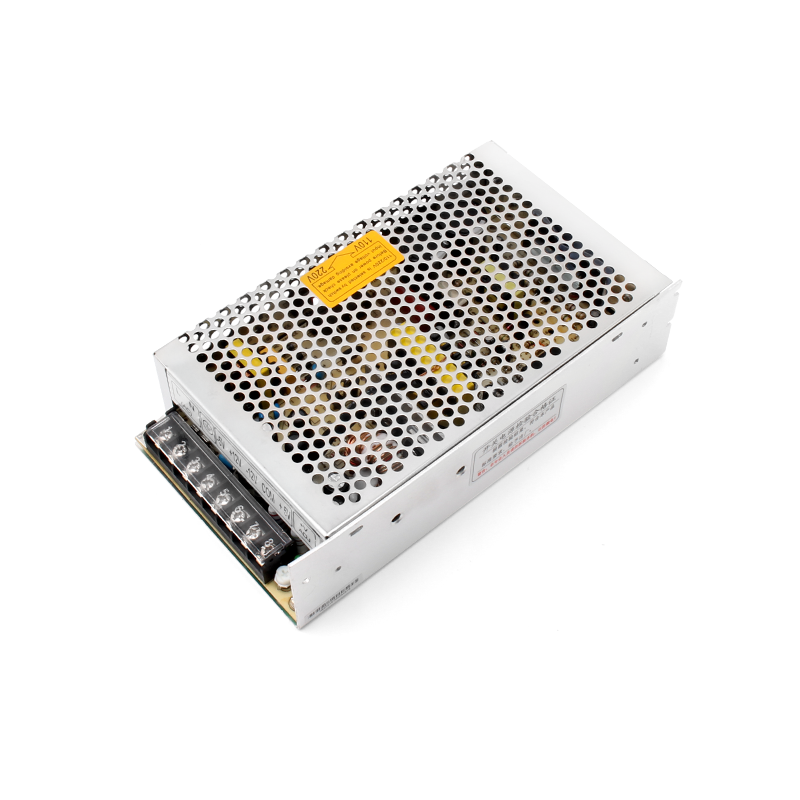
The Multiple Output Power Supply is a power device capable of simultaneously providing multiple outputs of different voltages or currents. This type of power supply is widely used in various electronic equipment, especially complex systems that require multiple voltage supplies, such as computers, communication devices, and industrial control equipment. Here’s a detailed introduction to the Multiple Output Power Supply:
Working Principle
The Multiple Output Power Supply typically operates based on one or more power conversion modules that convert the input electrical energy (either AC or DC) into multiple distinct DC voltage or current outputs. The conversion process may involve rectification, filtering, voltage regulation, and other steps to ensure the stability and reliability of the outputs.
Key Features
- Multiple Outputs: The most notable feature is its ability to provide multiple different output voltages or currents to meet the demands of various loads.
- High Efficiency: Advanced power conversion technologies, such as switch-mode power supplies, are employed to improve energy efficiency.
- Stable Outputs: Precise voltage and current regulation mechanisms ensure stability under varying load conditions.
- Comprehensive Protection: Incorporates over-current, over-voltage, over-temperature, and other protection functions to safeguard the power supply and loads.
- High Reliability: Utilizes high-quality components and rigorous manufacturing processes to enhance reliability and longevity.
Applications
Multiple Output Power Supplies find applications in numerous sectors, including:
- Computers and Peripherals: Desktops, laptops, monitors, printers, etc.
- Communication Equipment: Routers, switches, base stations, etc.
- Industrial Control Devices: PLCs, frequency converters, sensors, etc.
- Medical Equipment: ECG machines, monitors, therapeutic devices, etc.
- Automotive Electronics: Car audio, navigation systems, power seats, etc.
Design Considerations
When designing a Multiple Output Power Supply, the following factors need to be taken into account:
- Input Voltage Range: Selecting an appropriate input voltage range based on the application scenario.
- Output Voltage and Current Requirements: Determining the range and accuracy of output voltages and currents based on load demands.
- Conversion Efficiency: Improving efficiency to reduce energy consumption and heat generation.
- Thermal Design: Implementing effective thermal management to ensure stable operation under high-temperature conditions.
- Protection Features: Configuring appropriate protection functions, such as over-current, over-voltage, and over-temperature protection, based on actual needs.
Future Trends
As electronic technology continues to evolve, the Multiple Output Power Supply is also advancing. Future trends may include:
- Higher Efficiency: Adoption of more advanced power conversion technologies and materials to further boost overall efficiency.
- Smaller Size: Miniaturization driven by advancements in integrated circuit technology, facilitating integration into smaller devices.
- Greater Reliability: Optimization of design and manufacturing processes to enhance reliability and longevity.
- Intelligence: Integration with IoT and AI technologies for remote monitoring, fault diagnosis, and intelligent regulation capabilities.
In summary, the Multiple Output Power Supply plays a vital role across various sectors. With technological advancements and increasing application demands, we can anticipate it continuing to play an even more significant role in the future.
